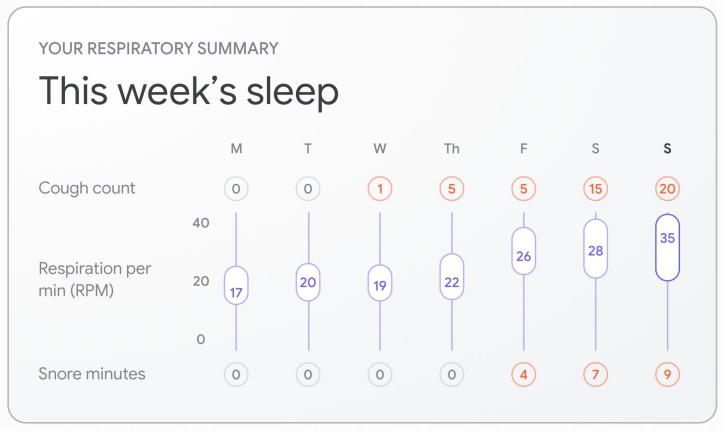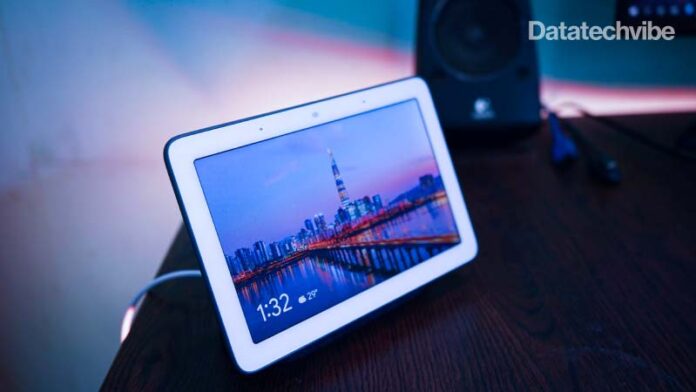The new Nest Hub wants to help you in the bedroom, through its new Sleep Sensing tech.
Google has introduced its latest Nest Hub, with a focus on making it the “ultimate bedside assistant and alarm clock”.
Speaking with media about the “second-generation” Nest Hub, Nest product manager Ashton Udall said it came as a surprise to Google that people were mostly using the Nest Hub in their bedroom, so the company decided to double down and focus on adding new bedroom-specific features.
He said Google has witnessed many people turning to sleep and fitness trackers but sleep tech, in general, is still not working for a really large group of people.
The biggest complaints people have, Udall, said, are remembering to use and charge the devices, as well as stick to a routine with them; the discomfort in wearing a device, making wearables a ‘non-starter’; and also that it’s often hard to make meaning out of the data collected by the tracker devices.
‘Most importantly, they don’t know what to do to actually improve those numbers for better sleep,’ Udall said. ‘We had to make sleep tracking effortless for people, so they can do what they normally do and get the benefits that actually help them improve their sleep.’
Also Read: How 5G, AI and Computer Vision are Powering a New Wave of Interactivity
The result is Sleep Sensing, which Google touts as ‘an opt-in feature to help you understand and improve your sleep.’

Fig: Google Nest
Source: www.google.com
The feature leverages Soli, a sensing technology embedded into the device.
‘It turns out this low wave, low energy radar technology is the perfect technology for an application like Sleep Sensing,’ Udall said of Soli.
‘Reason is, it’s capable of measuring human movement at a macro level. It can measure things like total body movement and the movement of your limbs as well as things down to a very tiny level of precision, like the tiny sub-centimetre movements of your chest when you’re breathing.’
Udall said Google made this feature work through ‘science and machine learning.’ Google partnered with the American Academy of Sleep Medicine for the new tech and it was trained using more than 100,000 nights of sleep from over 15,000 people.
Also Read: Cyber Attacks That Shook The World
Despite zero contact with the body, it validated its results against a polysomnography study and found no statistical difference to the experts.
Motion Sense only detects motion, not specific bodies or faces, and occurrences such as coughing and snoring audio data is only processed on the device, not sent to Google servers. It also boasts a number of controls that can be disabled and a visual indicator on the display that shows when it’s activated.
‘You can review or delete your sleep data at any time, and consistent with our privacy commitments; it isn’t used for personalised ads’, Udall explained.
It integrates with the Google Fit app and its partnership ecosystem. Udall said the company is actively exploring ways to bring its Fitbit in to make it ‘an even better experience overall.’









